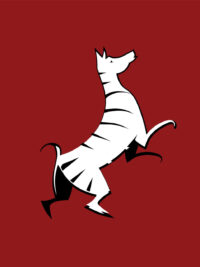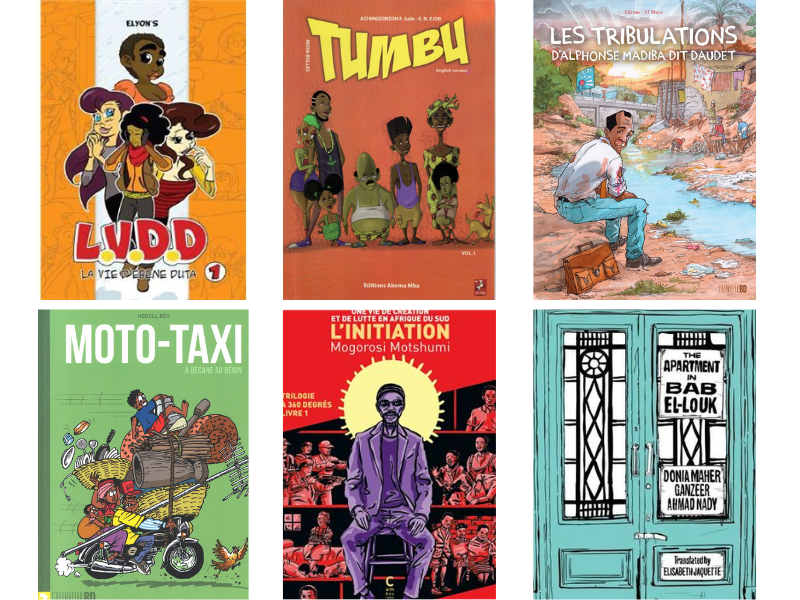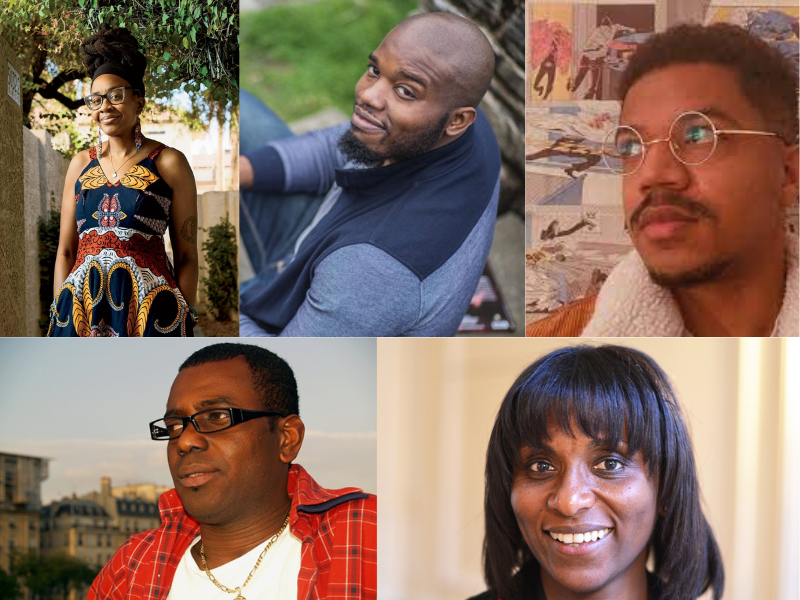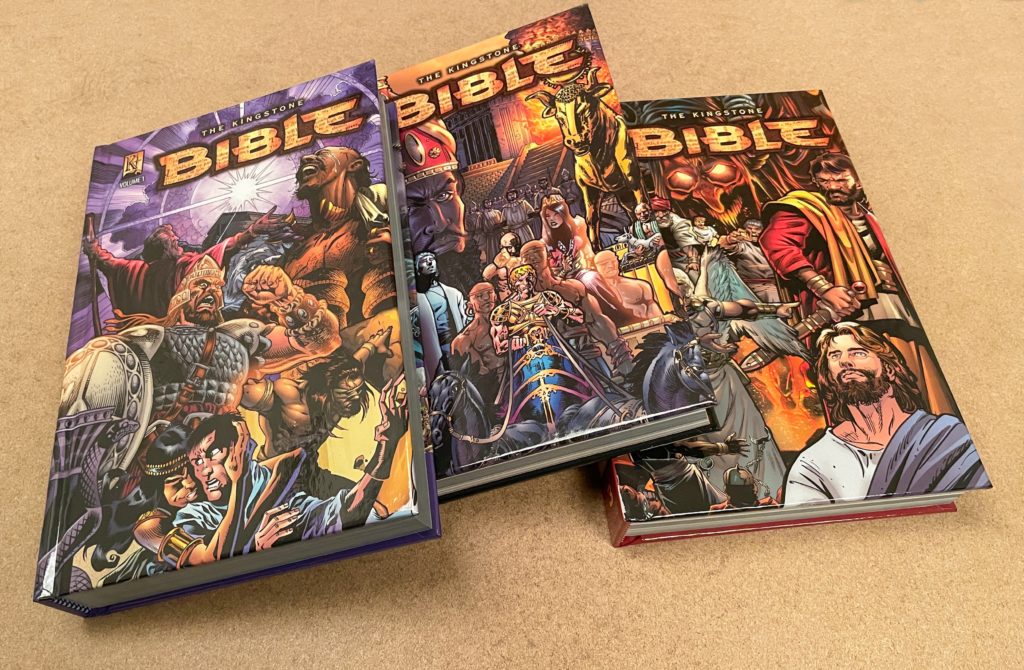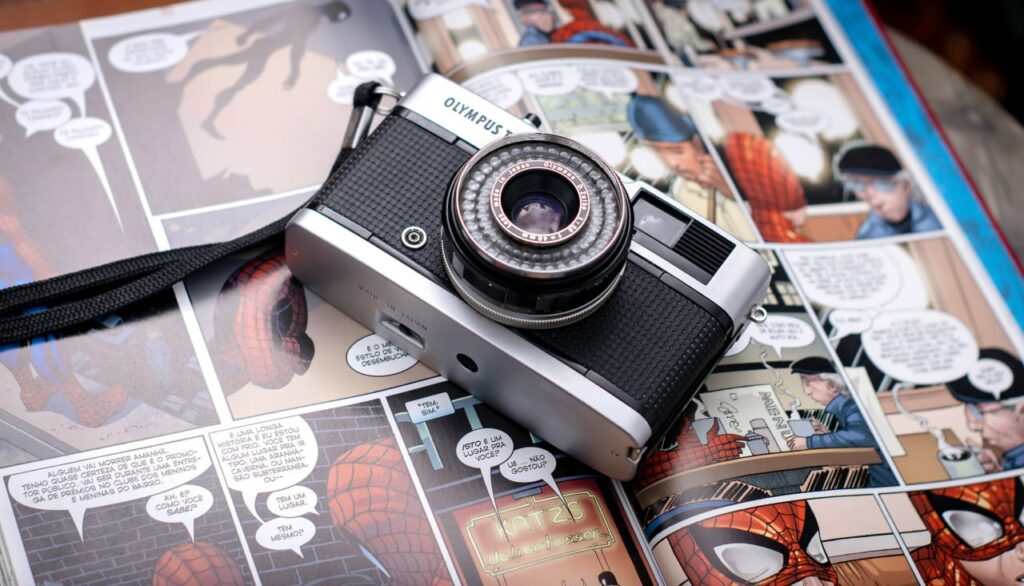Sex In African Comics
There are many things that human beings of this generation are obsessed with – money, power, fame, etc. People will do anything to obtain these things, and they show how much our societies have evolved to revere materialism. Among these objects of human obsession is sex. So much ink has been shed, and so much […]
Sex In African Comics Read More »
